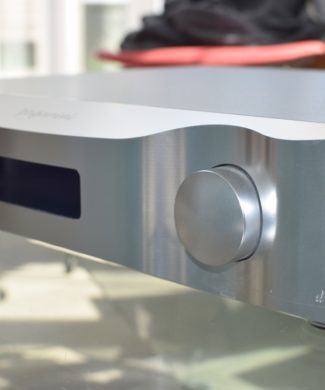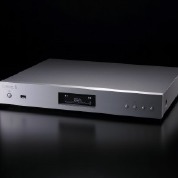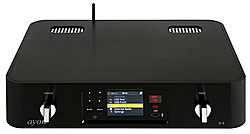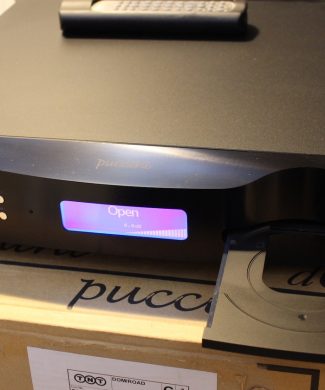Transport
The characteristics of an outstanding CD transport are simple to define: it must recover the correct data from the disc, and deliver it to the digital processor with- out any timing errors (sometimes called “jitter”). As simple as this sounds, achiev- ing it in reality has been extremely difficult—as evidenced by the significant sonic differences between various CD transports.
Conventional CD transport design depends on the quality of the oscillator used to control the rate at which the disc itself spins. This oscillator exists in an ex- tremely “noisy” electrical environment close to the motor that spins the disc. The electrical noise introduces timing errors in the delivery of the digital signal that have come to be known as “jitter.” Subsequent handling of the digital audio sig- nal in traditional transport designs cannot improve upon this “jittery” signal, lack- ing a better reference. To the contrary, the various stages of signal processing be- tween the laser pickup and the final output can only contribute additional jitter of their own
DAC




































 to enquire about this product!
to enquire about this product!












